Will we see another new standard or wheel size soon? Where is mountain bike development going and what will be the most interesting innovations in 2018? The Design & Innovation Award team not only reviews the most exciting new products but also deals extensively with the trends and developments of the future. Here are the most important mountain bike trends of the coming year!
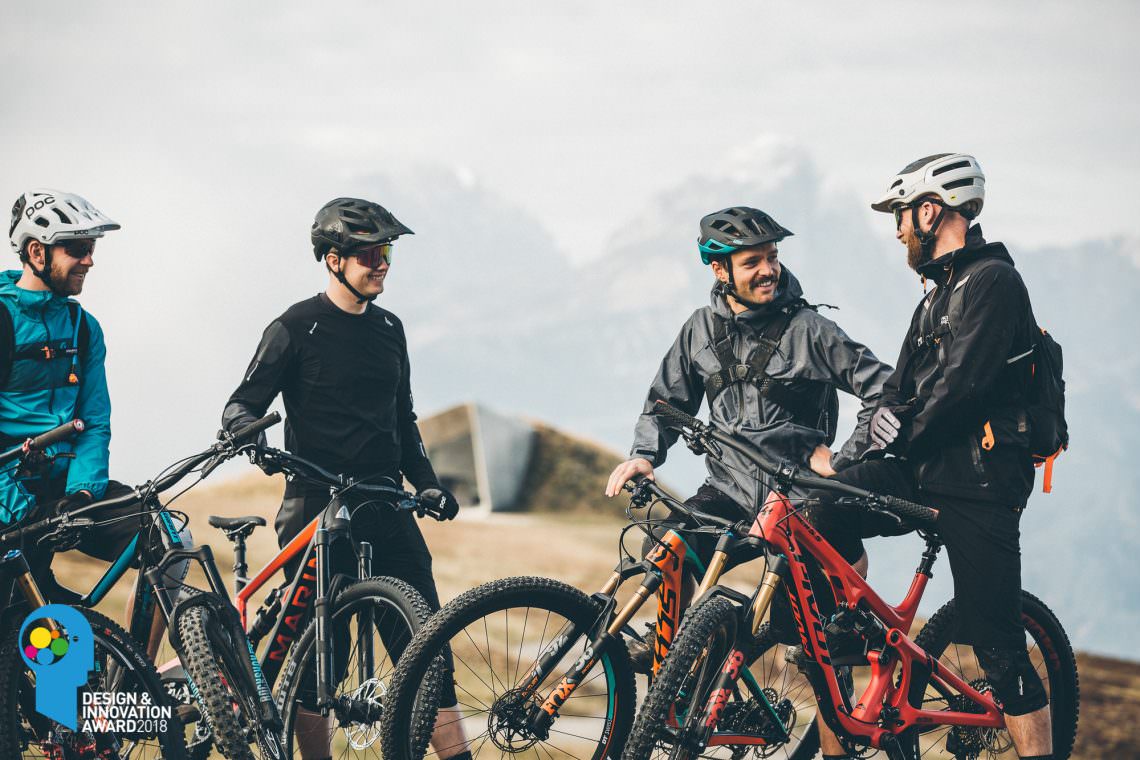
Confused categories
In future, it will be increasingly difficult to classify mountain bikes based on hard numbers alone. The function of a category is to facilitate an overview and orientation in an increasingly differentiated market, but with bikes becoming more versatile, they no longer fit into any one category. Travel measurements alone can no longer be used to classify a bike. This is clear when comparing the SCOTT Genius with the Whyte S150: Despite similar numbers, the handling of the bikes is worlds apart. No longer can we discern which bike would be the best choice for a certain type of rider or terrain by looking at the geometry table or the spec list. For customers, therefore, expert reviews and test rides are becoming more important in choosing the right bike. No wonder many companies are expanding their range of test events.
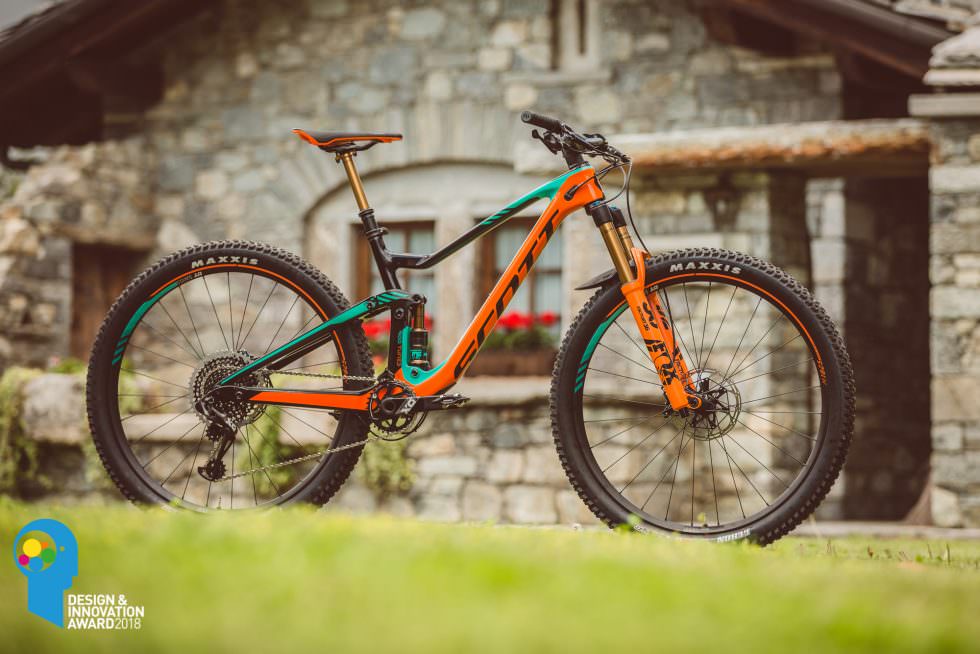
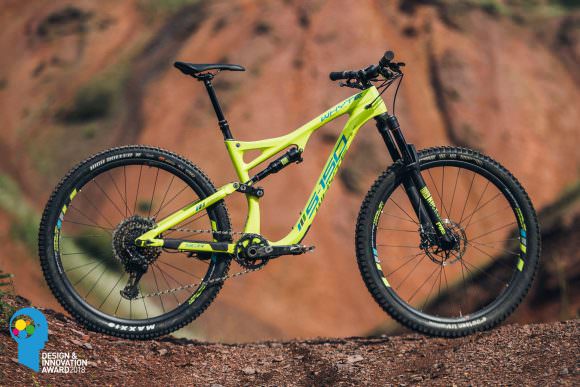

Radical geometry
Radical concepts such as Pole EVOLINK, which won the Design & Innovation Award in 2017, or the NICOLAI EBOXX from this year lay the foundation for a new understanding of mountain bike geometry. What they have in common is a balanced overall concept. Geometry that looks almost unrideable on paper, in reality, provides an enormous amount of stability and balanced handling on the trail, which benefits beginners as well as pros. For less experienced riders, these bikes inspire a high degree of confidence.The long chainstays bring balance to the handling, keeping the front wheel weighted. A trend that is seen with more and more manufacturers. Instead of the maxim “the shorter, the better”, the chainstay length is now chosen according to the frame size and the purpose of the bike.
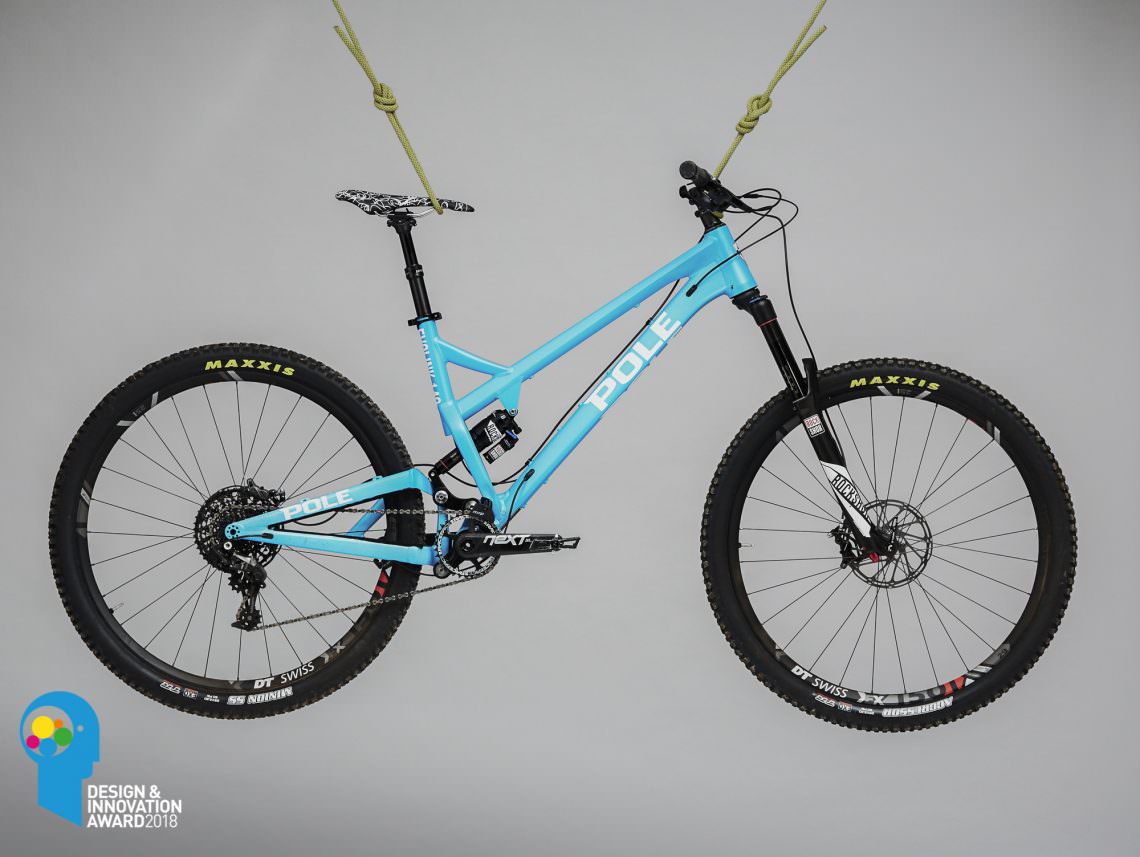
Performance over weight!
The more bikes evolve, the more the weight of a bike loses importance. The handling dynamics and performance is much more important. Through the targeted use of carbon and other lightweight construction methods, it has now become possible to make bikes too light for certain applications (even without compromising durability). As a result, weight should no longer be the principal measure of performance, only by shifting focus away from weight will we create bikes that are more reliable, longer lasting, and provide better off-road performance.

The price gap is getting bigger
Premium performance has never been more affordable than the 2018 season. Even budget focussed components are beginning to offer levels of performance previously only expected from high-end parts. Also, the aggressive pricing of direct sales brands is driving classic retailer brands to lower their prices or completely drop very expensive top models from their own portfolios. Both CUBE and TREK now no longer offer models at the highest price points.
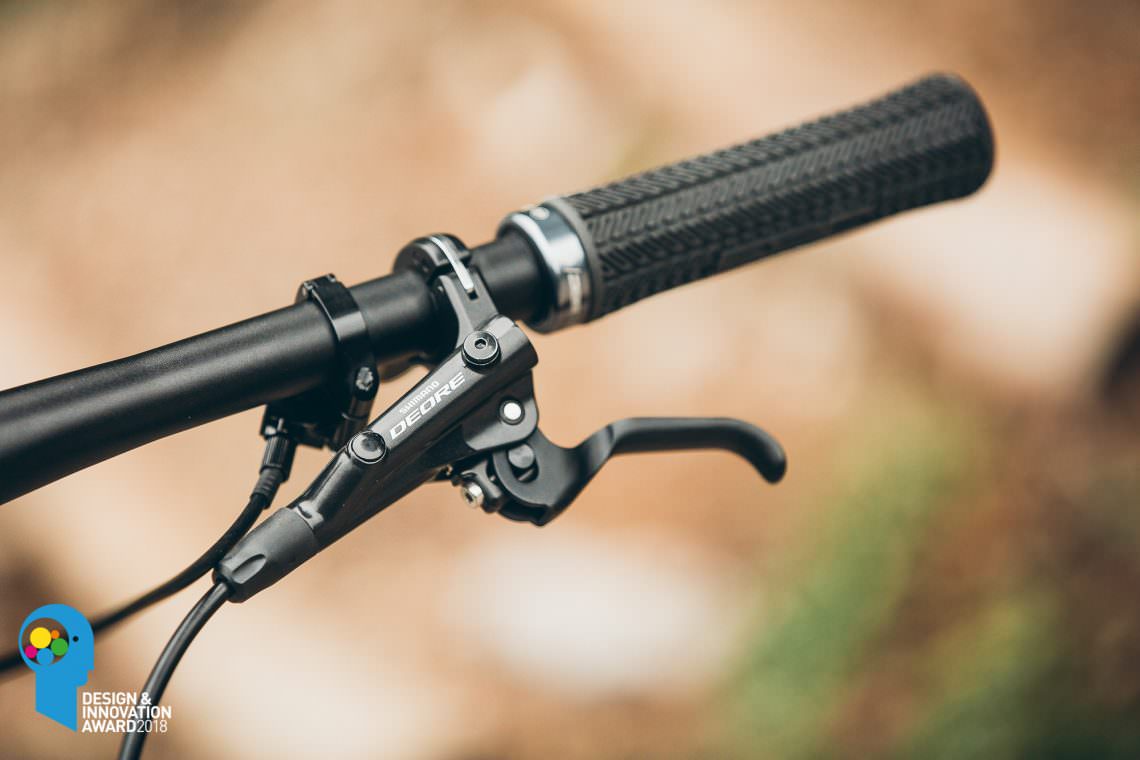
The front derailleur is history
First 26″ wheels mostly disappeared from the mountain bike world; now it’s the turn of the front derailleur. None of the bikes featured at the awards has two or more chainrings in the front. Continuously improving 11- or 12-speed drivetrains at attractive prices are making 2x and 3x drivetrains redundant. Besides SRAM, E13 has very large range cassettes on offer. It remains exciting to see how Shimano will react to this trend. Will we see something new from them during the year?


Better integration than ever before
For a long time, the subject of integration was overlooked on mountain bikes. For the coming season, it will gain importance, both visually and functionally. SCOTT sets new standards in optics and weight with the Syncros Hixon SL-Cockpit, while the clever integration of the OneUp Components EDC tool in the head tube ensures that you always have the necessary tools with you on the trail. Another important trend is the integration of electronic components. Many frames have already been prepared for the new FOX Live suspension, which in future will tailor the suspension to the current riding situation in real time.
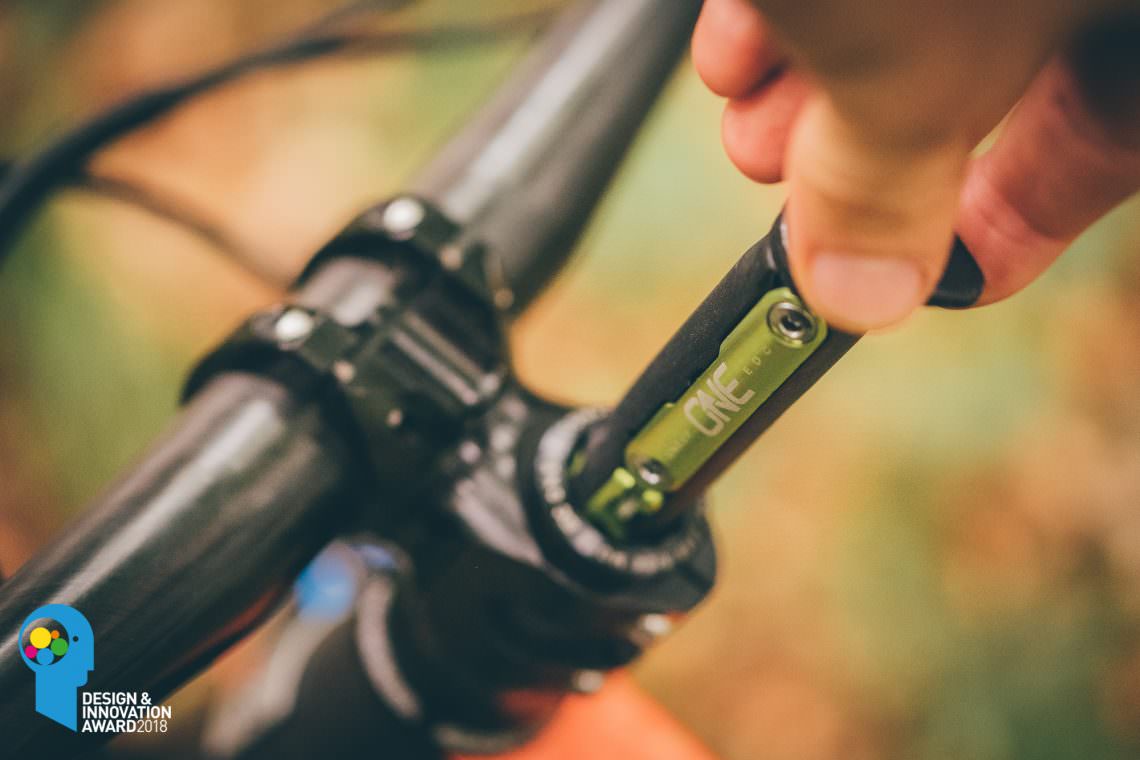

The industry is switching down a gear
In recent years, the introduction of 29″, 27.5” and 27.5+ wheels and the boost standard have caused great confusion and uncertainty. Fearing to buy the wrong bike, many customers have postponed their purchase. This industry has eventually caught on, and we should, therefore, be safe from the next wheel-size/standards revolution for a while. But expect to see more and more 29″ bikes on the trails.


Design & Innovation Award 2018 Special Issue
Find more information on the Design & Innovation Award 2018 and all awarded products in our special issue in the digital app format. Download the app for iOS or Android to read all articles on your tablet or smartphone.
The articles from the special issue will also be published gradually on the DI.A overview page, head to design-innovation-award.com to learn more about all awarded products.
Did you enjoy this article? If so, we would be stoked if you decide to support us with a monthly contribution. By becoming a supporter of ENDURO, you will help secure a sustainable future for high-quality mountain bike journalism. Click here to learn more.












